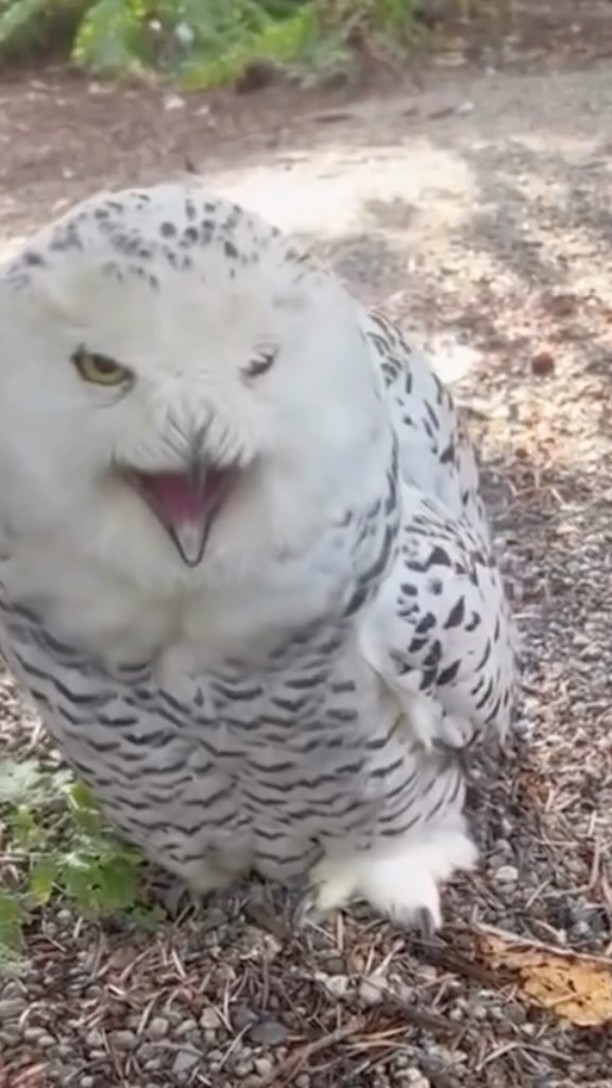- Snowy owls exhibit fascinating behavioral and physical adaptations that enable them to thrive in frigid environments.
- Female snowy owls excel in camouflage, a skill vital for nesting and survival in the tundra.
- Snowy owls demonstrate complex communication behaviors through their varied vocalizations.
- Conservation efforts are crucial in protecting snowy owl populations amidst environmental changes.
- "Superb Owl Sunday" highlights the importance of raising awareness about snowy owl conservation and habitat preservation.
Snowy owls are a captivating species, often conjuring images of vast, snow-covered landscapes where they reign as one of the few avian predators. Adapted to the harsh climates of the Arctic, these magnificent birds exhibit a range of behaviors and physical traits that make them a subject of fascination and admiration. Snowy owls, known scientifically as Bubo scandiacus, are well-suited for survival in extreme conditions. Their distinctive white plumage serves as excellent camouflage against the snowy backdrop of their native habitat, a trait particularly crucial for females during nesting.
Female snowy owls, in particular, are remarkable for their camouflage abilities. Their feather patterns provide a vital defense mechanism, especially when nesting on the open tundra. They blend seamlessly into their surroundings, protecting themselves and their offspring from predators. This adaptation highlights the evolutionary ingenuity that these birds possess, allowing them to maintain a low profile in an otherwise treacherous environment.
Communication in snowy owls is another area of great interest. These birds are not only silent predators but also skilled communicators. They utilize a variety of vocalizations, including hoots, barks, and screams, to convey information to others. This array of sounds plays a pivotal role in their social interactions, territory defense, and courtship rituals. Communication isn’t limited to vocalizations alone; snowy owls also use body language to express themselves, further showcasing their complex behavioral patterns.
Conservation of snowy owls is increasingly important as they face challenges from climate change and habitat loss. As their natural habitat warms and shrinks, these birds are forced to adapt to new conditions—a task that can be daunting for any species. Conservation initiatives focus on protecting breeding grounds and monitoring population dynamics to prevent further decline. Understanding and preserving their habitat is crucial to maintaining healthy populations and ensuring that future generations can witness these majestic creatures.
"Superb Owl Sunday," a playful take on the popular American event, highlights the need to raise awareness about these incredible birds. By bringing attention to snowy owls, the initiative aims to foster a deeper understanding and appreciation for their role in the ecosystem. It encourages people to consider the importance of conserving the natural world and the species that inhabit it.
The snowy owl, with its majestic presence and remarkable adaptations, stands as a symbol of resilience in the face of adversity. These birds demonstrate an impressive ability to survive and thrive in some of the planet’s harshest conditions. As they navigate the challenges of a changing environment, our understanding and support play vital roles in ensuring their continued survival. Snowy owls remind us of the wonders of nature and the intricate balance required to preserve it. By focusing on conservation and awareness, we can contribute to the protection of these extraordinary creatures and the ecosystems they inhabit.
*****
Source Description
Snowy owl Taiga has a lot to say for Superb Owl Sunday! 🦉
Female snowy owls are the queens of camouflage, excellent communicators, and use a variety of hoots and calls to keep in touch with their owl pals.
📹: Keeper Miranda
class=”instagram-media” data-instgrm-permalink=”https://www.instagram.com/reel/DF3prOIyerj/” data-instgrm-version=”14″ style=” background: border:0; border-radius:3px; box-shadow:0 0 1px 0 rgba(0,0,0,0.5),0 1px 10px 0 rgba(0,0,0,0.15); margin: 1px; max-width:540px; min-width:326px; padding:0; width:99.375%; width:-webkit-calc(100% – 2px); width:calc(100% – 2px);”>

